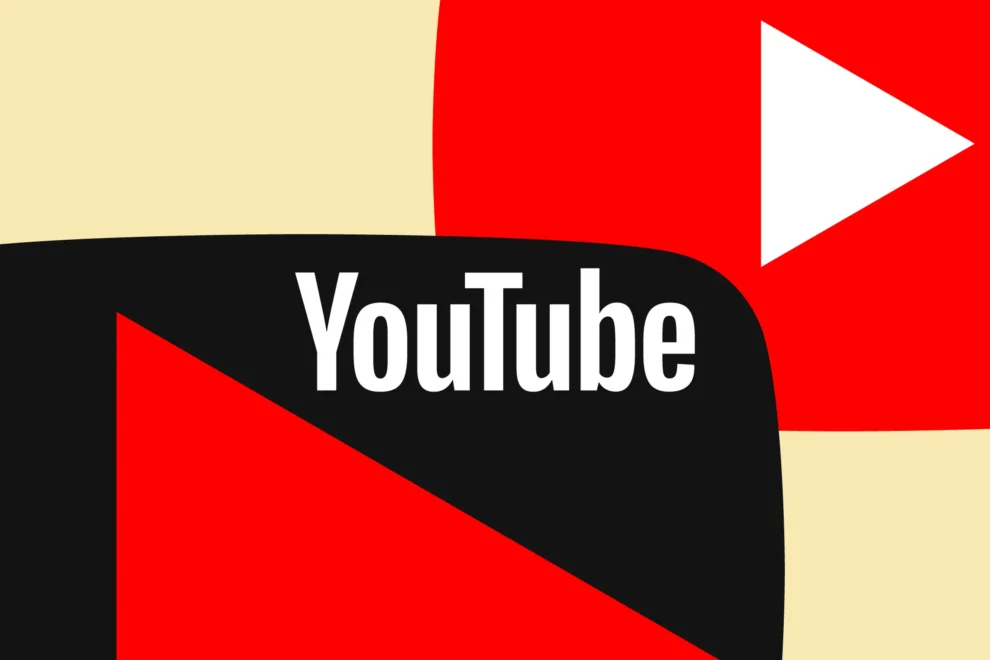In response to the evolving landscape of digital content creation, particularly the rise of AI-generated videos, YouTube has introduced a series of rules aimed at maintaining transparency and trust within its platform. As artificial intelligence becomes more integrated into content creation, these guidelines are designed to navigate the challenges associated with AI-generated media, ensuring viewers are adequately informed about the nature of the content they consume.
Key Highlights:
- Mandatory Labeling: Creators are now required to label their content if it incorporates AI-generated elements that appear realistic. This rule encompasses all forms of media, including videos and music, where the AI-generated content is used in a way that could potentially mislead viewers.
- Sensitivity to Context: For content related to sensitive and controversial topics—such as elections, conflicts, and public health issues—the platform has set stricter requirements to prevent the spread of misinformation through deepfakes and other forms of manipulated media.
- Consequences for Non-Compliance: Creators who fail to comply with these new regulations face several punitive measures, ranging from content removal and suspension from the YouTube Partner Program to the possibility of losing their accounts.
- Viewer Alerts: YouTube will introduce labels on videos that contain altered or synthetic content, enhancing viewer awareness about the nature of the media they’re watching.
- Protection for Individuals: The platform has updated its privacy complaint process, allowing individuals to request the removal of AI-generated content that falsely depicts them, with certain exceptions for satire or public figures.
- Music Content: Music labels can request the removal of AI-generated music that mimics their artists, ensuring copyright protection and artist recognition.
Understanding YouTube’s New AI Policies
YouTube’s decision to update its policies stems from the recognition of AI’s potential to significantly influence viewer perception and the overall authenticity of content on the platform. By requiring creators to label AI-generated content, YouTube aims to foster an environment where viewers can make informed decisions about the content they consume. These measures are particularly crucial for content touching on sensitive subjects, where misinformation can have real-world consequences.
The platform’s initiative reflects a broader industry trend towards establishing clear guidelines around the use of AI in content creation. By setting these standards, YouTube not only aims to protect viewers from potentially deceptive content but also encourages responsible use of AI technologies among creators.
What Does This Mean for Creators?
Content creators who utilize AI tools to modify or generate videos will need to comply with the labeling requirements. YouTube defines AI-generated or significantly altered content as videos that:
- Replace a real person’s face or voice with a synthetic one.
- Portray a person saying or doing something they didn’t actually do.
- Modify a real event or place in a misleading way.
- Create a realistic scene that never occurred.
How Will the Labels Work?
Creators will be prompted with a simple “yes” or “no” question when uploading a video, asking if it contains altered or synthetic media. If they answer “yes”, YouTube will display a label in the video description or a more prominent notice for sensitive content.
Moreover, YouTube’s approach to AI-generated music content addresses concerns within the music industry regarding copyright and artist representation. By allowing music labels to request the removal of AI-generated tracks that imitate their artists, YouTube is taking steps to balance innovation with respect for creators’ rights.
As AI technology continues to evolve, platforms like YouTube are at the forefront of navigating the challenges and opportunities it presents. These new rules mark a significant step in adapting to the rapidly changing landscape of digital content, ensuring that the platform remains a space for authentic and trustworthy media.

























Add Comment